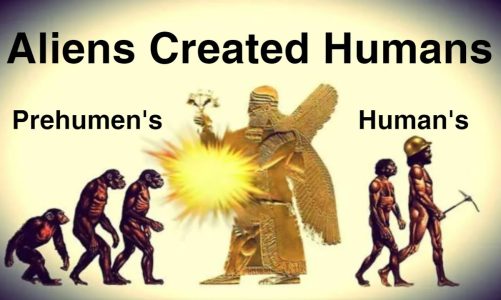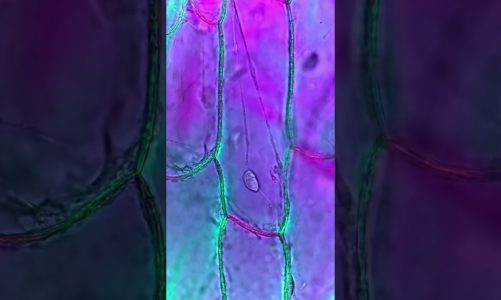Human Cell in Hindi
Mitochondria Introduction • Mitochondria are intracellular organelles found in almost all human cells. • Mitochondria are thought to be derived from aerobic bacteria that invaded the proto eukaryotic cell more than a billion years ago and lived in a symbiotic relationship with it, exchanging energy in the form of adenosine triphosphate (ATP) for residence. However, this “endosymbiotic hypothesis” is not universally accepted and has been challenged. • Each human cell contains on average hundreds to thousands of mitochondria. The exception is mature red blood cells, which rely exclusively on anaerobic metabolism and contain no mitochondria. • Although mitochondria were originally represented as individual, isolated organelles it is now recognized that mitochondria form a dynamic connected network (also called a reticulum or syncytium). • As zygote mitochondria are derived from the ovum, their inheritance is maternal. Mitochondrial compartments Mitochondria have four main compartments: • The outer membrane, which is permeable to certain ions and small molecules. • The intermembrane space, which has a composition similar to that of the cytosol. • The inner membrane, in which are found the respiratory chain proteins. The inner membrane is folded into multiple cristae, allowing for a large surface area. • The matrix or the inner part of the mitochondrion, where most of the metabolic reactions take place. The mitochondrial DNA is found within DNA-protein complexes, called nucleoids, in the mitochondrial matrix. Functions • Mitochondria are intracellular organelles that are essential for aerobic metabolism and energy production through oxidative phosphorylation, which is accomplished by the respiratory chain. However, mitochondria are not only the adenosine triphosphate (ATP)-producing “power houses” of the cell.Q • Mitochondria are involved in several other metabolic pathways including beta-oxidation, the Krebs cycle, and the synthesis of iron-sulfur clusters. In addition, mitochondria maintain, replicate, and transcribe their own DNA, and translate messenger RNA (mRNA) into protein. • The import and assembly of proteins is another important mitochondrial function, since most proteins that the mitochondria require are encoded by nuclear DNA and translated in the cytosol. • Specifically, human mitochondrial DNA is a double-stranded circularQ molecule containing approximately 16,500 base pairs (compared with over a billion in nuclear DNA). It codes for 13 protein subunits that are associated with proteins encoded by nuclear genes to form four enzyme complexes plus two ribosomal and 22 transfer RNAs that are needed for protein production by the intramitochondrial ribosomes. • The ongoing remodeling of the mitochondrial network is also a function of the mitochondria. • Additional roles of mitochondria in apoptosis, production of reactive oxygen species, calcium homeostasis, maintenance of the lipid membrane and immunity have been described. • Mitochondria have an ineffective DNA repair system, and the mutation rate for mitochondrial DNA is over 10 times the rate for nuclear DNA. Mitochondrial Markers Q Inner membrane: – ATP synthase, Succinate dehydrogenase Intermembrane space: – Creatine kinase, Adenyl kinase. Matrix: – Glutamate dehydrogenase, Pyruvate dehydrogenase, enzymes of TCA cycle & oxidation of fatty acids Protein import into mitochondria • TOM (translocase of outer membrane): import receptor and translocator • TIM (translocase of inner membrane): import receptor and translocator Protein passes through TOM and enters intermembrane space; then passes through TIM to enter matrix TOM-TIM alignment: research suggests that TIM tethers to the outer membrane and diffuses laterally until it comes into contact with the TOM/presequence complex • Protein can enter matrix in energy-dependent manner (presequence cleaved by peptidase and chaperones assist in folding) • Protein’s transmembrane domain can diffuse laterally out of TIM and embed in the inner membrane #mitochondriaphysiology #mitochondria #mitochondrialmarkers #mitochondrialmyopathies #cellphysiology #physiologyanimations #cell #mitochondriafunctions #usmle #fmge #neetpg #mbbsphysiology #mitochondriaanimation #structureofmitochondria #functionofmitochondria
If you have any queries regarding this video, Please drop your comment in comment box, I would love to answer. If you like the video,
Please like, share and subscribe channel.
Thank you.
source



